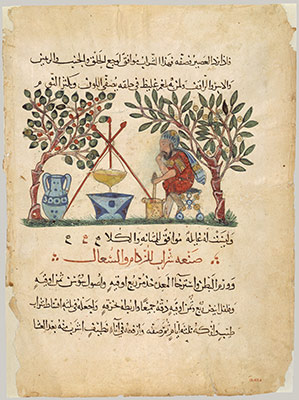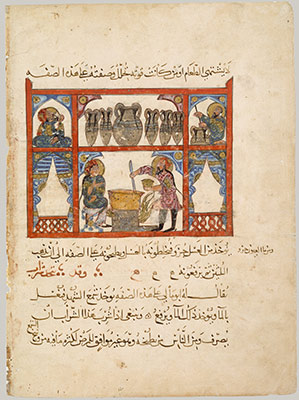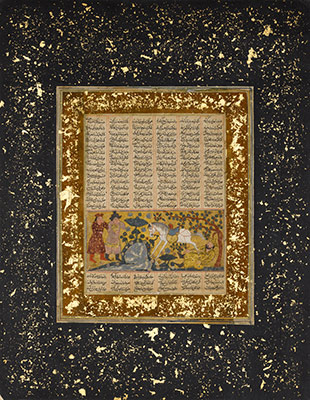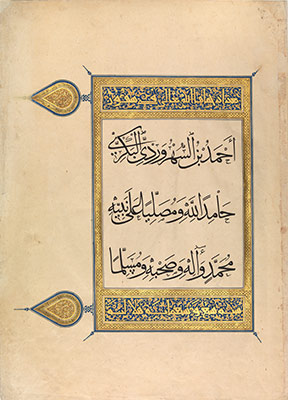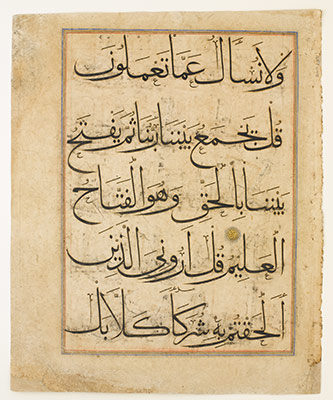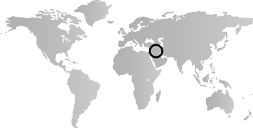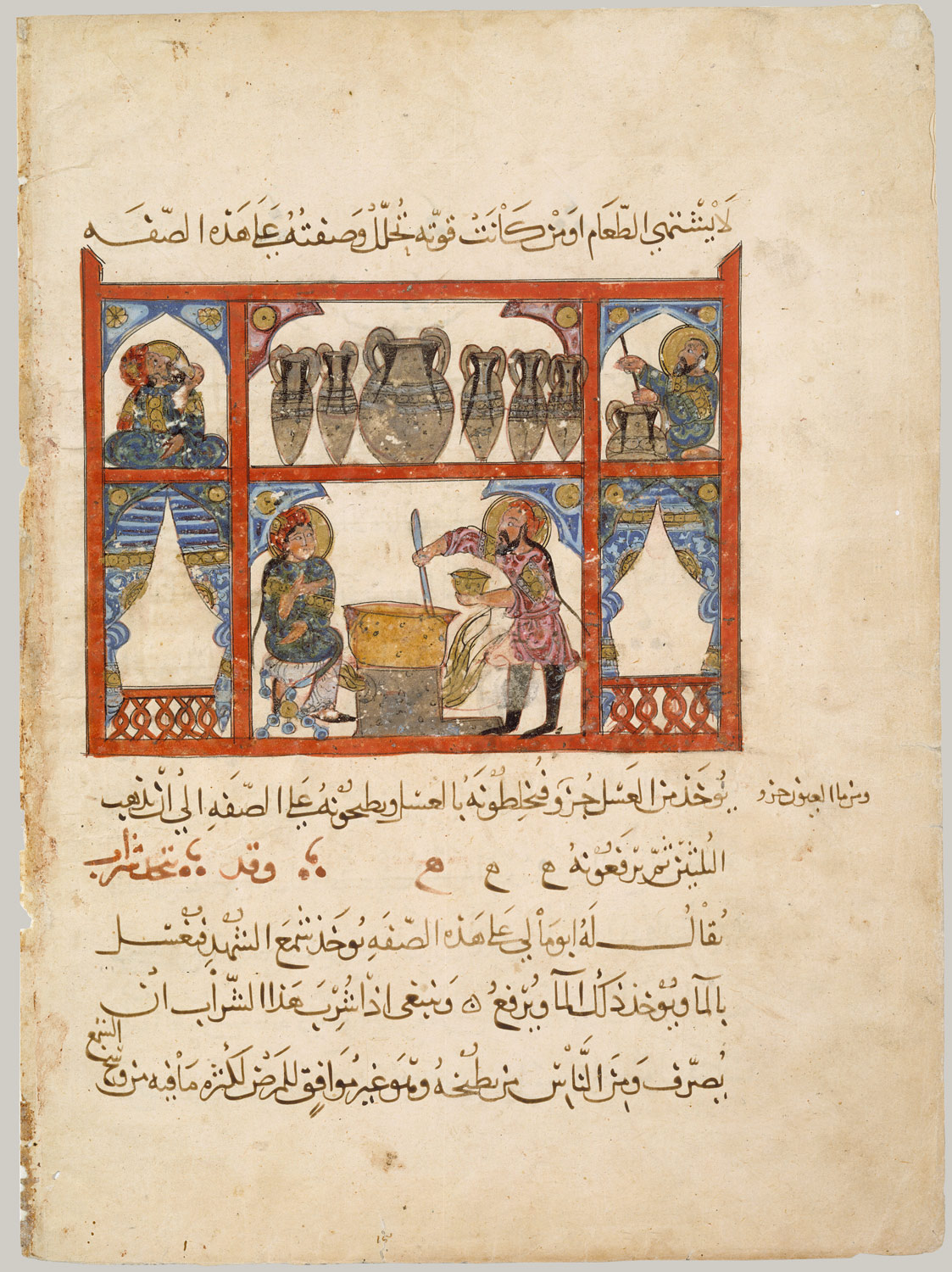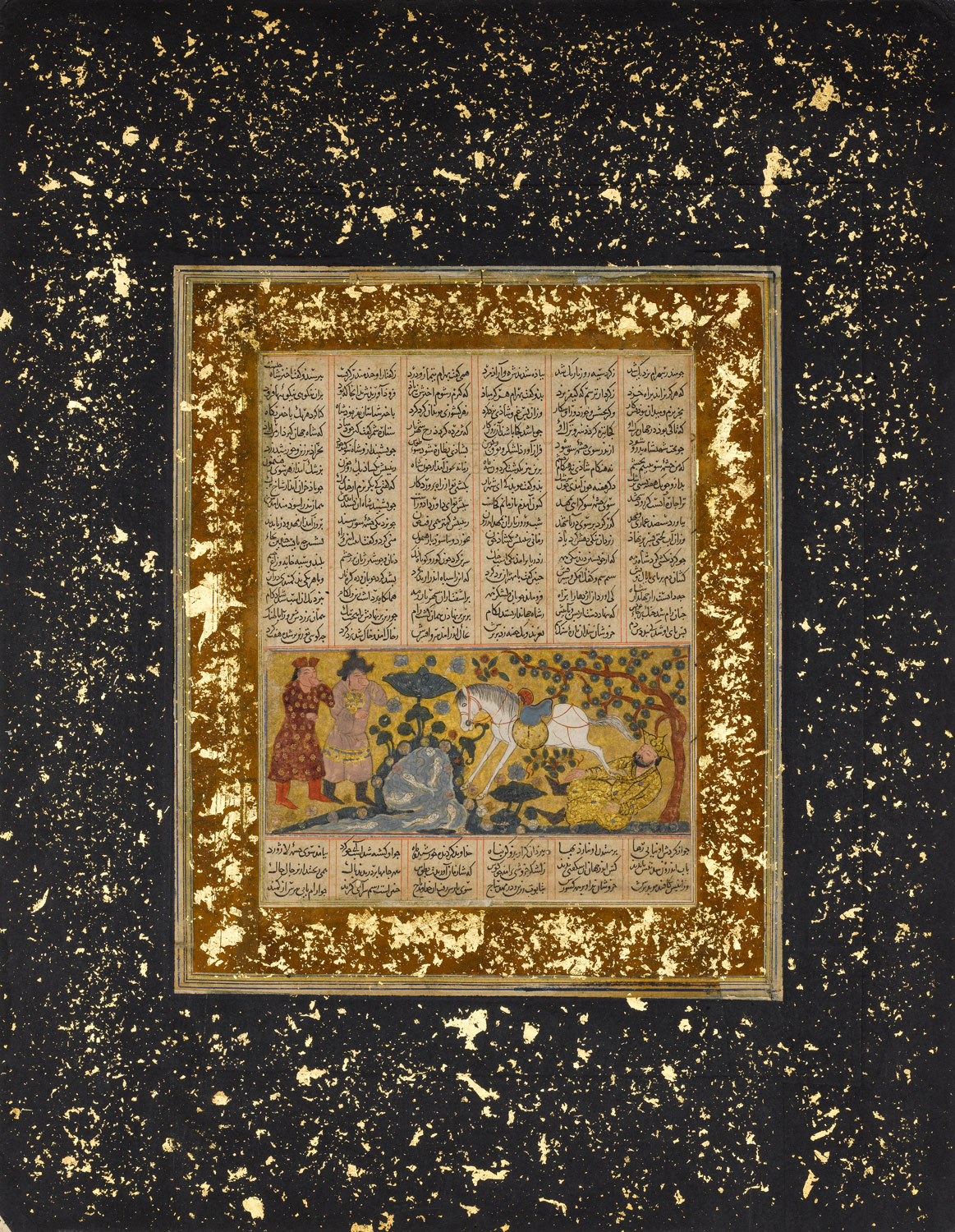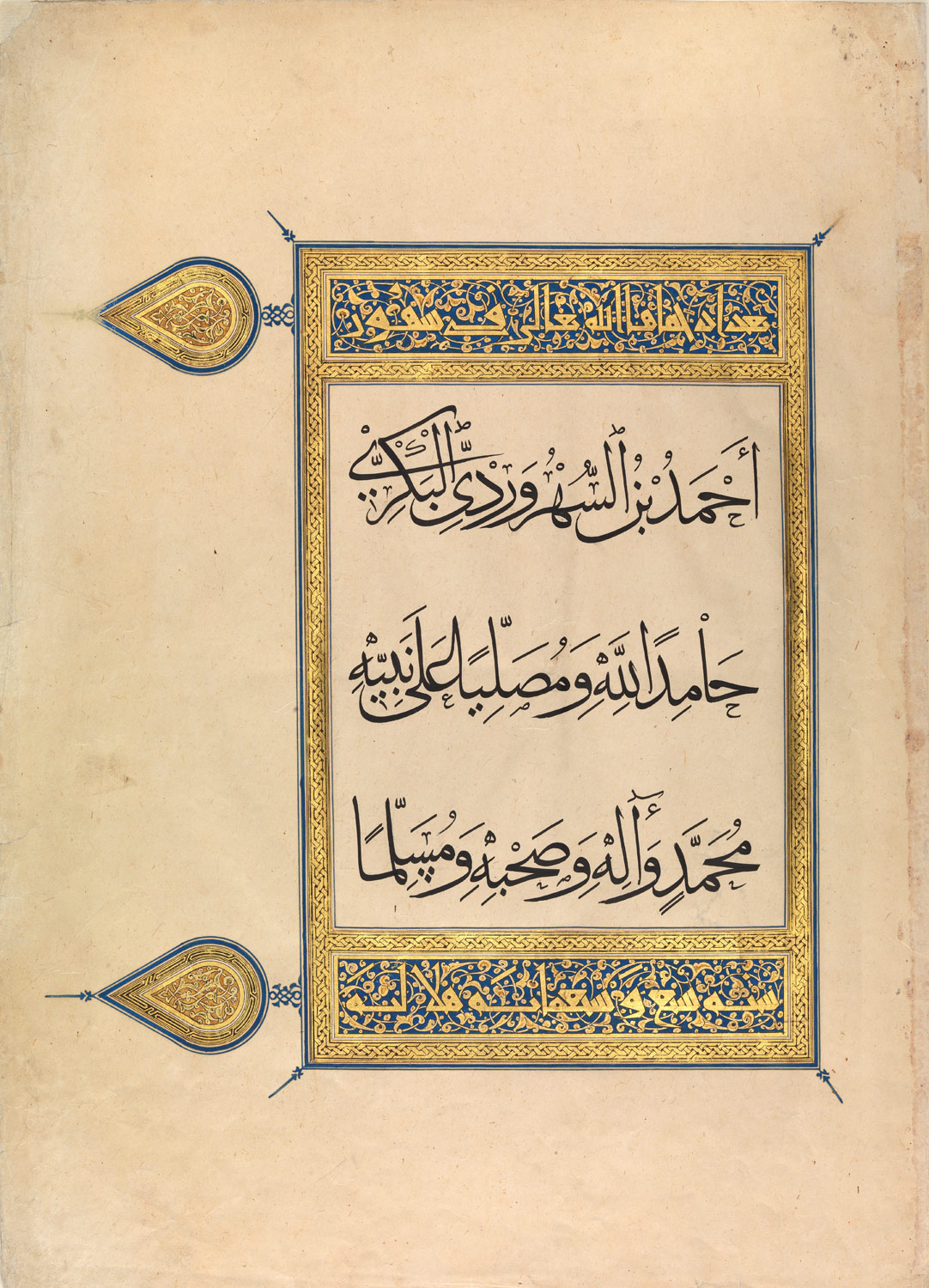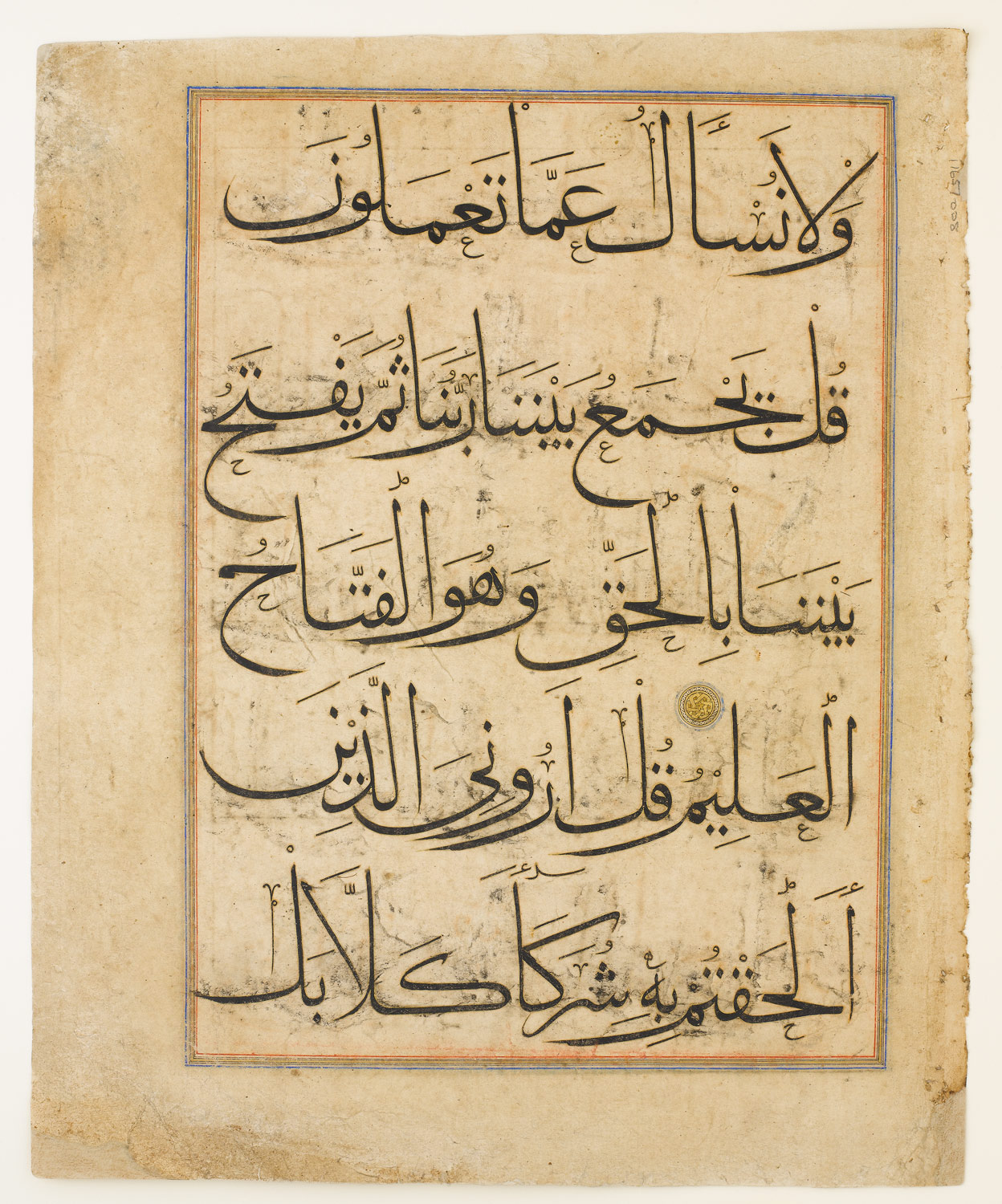With important developments in other parts of the Islamic world, Iraq no longer plays a pivotal role during the period from 1000 to 1400. The Abbasid caliph resides in Baghdad for more than the first two centuries, and commercial, intellectual, and artistic life continues. However, the devastating sack of Baghdad by the Mongols in 1258 puts an end to the caliphate as well as a chapter in Islamic history. The region becomes a provincial center until the twentieth century.
Iraq, 1000–1400 A.D.
Timeline
1000 A.D.
1100 A.D.
1100 A.D.
1200 A.D.
1200 A.D.
1300 A.D.
1300 A.D.
1400 A.D.
Overview
Key Events
-
945–1055
The weakened Abbasid caliphate, its political power effectively limited to Iraq, is controlled by the Buyid dynasty (932–1062), supporters of Shi‘a Islam. From this point onward, the influence of the Abbasid caliphs is limited to the moral and spiritual spheres, as the heads of Orthodox Sunni Islam.
-
1055
Buyid rule comes to an end when the Seljuqs, a Turkic dynasty originally from Central Asia, take Baghdad and establish themselves as the new protectors of the Abbasid caliphate and Sunni Islam.
-
1055–1194
The Seljuq sultanate, ruling in Iraq during this period, unifies West Asia through conquest. Although Seljuq rule is troubled by internal conflict and division of the realm among heirs, the arts flourish. The Seljuq cultural efflorescence continues beyond the sultanate’s political influence.
-
1067
The Madrasa Nizamiya is founded in Baghdad by the great Seljuq vizier Nizam al-Mulk to support Orthodox Sunni education. Along with this institution—which soon gains immense prestige in the Islamic world—and other architectural commissions, Nizam al-Mulk is also known for his “Book of Government” (ca. 1090).
-
1127–1262
Under the Zangid Atabegs (former Seljuq officials), northern Mesopotamia (Jazira) becomes a great economic, political, and artistic center. Especially during the reigns of Nur al-Din (r. 1146–74) and former Zangid vizier Badr al-Din Lu’lu’ (r. 1222–59), architecture and the arts prosper. The city of Mosul, famous for its metalwork, becomes the point of dissemination of a new kind of inlay technique.
-
1180–1242
The Abbasid realm witnesses a brief revival under caliphs al-Nasir (r. 1180–1225) and al-Mustansir (r. 1226–42). A major commission from this period is the Mustansiriyya Madrasa (1228–33), the first college built for the four canonical schools of Sunni law.
-
ca. 1200–1300
Baghdad is a famous center for the arts of the book during this period. Paper usage makes possible the production of books for a broader audience, including the urban bourgeoisie. The major Abbasid library in Baghdad promotes the transmission of knowledge. Illustrated texts are popular, and new tastes stimulate artistic vitality.
-
1258
The Mongols, represented by the Ilkhanid branch ruling in Iran (1256–1353), sack Baghdad and kill the last Abbasid caliph to rule from this city, al-Musta‘sim (r. 1242–58). The destruction is a serious blow to Islamic civilization as well as Arab rule. Baghdad becomes a provincial capital until the twentieth century. Although Abbasid descendants flee to Mamluk Egypt following this event, these caliphs will have only nominal influence.
-
1258–1340
The Ilkhanids rule from the city of Tabriz in Iran. Following the Ilkhanids’ conversion to Islam at the end of the thirteenth century, the arts—including religious and secular manuscript production in Baghdad—flourish again. The control of most of Asia by the Mongols—the so-called Pax Mongolica—creates an environment of tremendous cultural exchange; Chinese and other East Asian influences are seen in Islamic art.
-
1340–1411
Under the Jalayirids, a Mongol family that establishes rule during the collapse of Ilkhanid power, Baghdad once again becomes a center for art and culture. Architecture follows earlier local traditions. Among surviving buildings is the funerary complex of the Jalayirid amir Mirjan, which includes the Mirjaniyya Madrasa (1356) and caravanserai (1359).
-
1393–1394
Timur (Tamerlane), the Turko-Mongolian ruler established in Central Asia, seizes control of Baghdad during this period, then returns and sacks the city in 1401.
Citation
“Iraq, 1000–1400 A.D.” In Heilbrunn Timeline of Art History. New York: The Metropolitan Museum of Art, 2000–. http://www.metmuseum.org/toah/ht/?period=07®ion=wam (October 2001)
